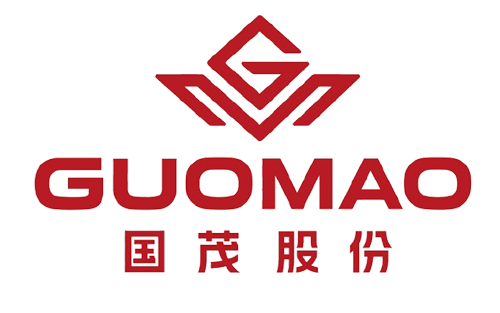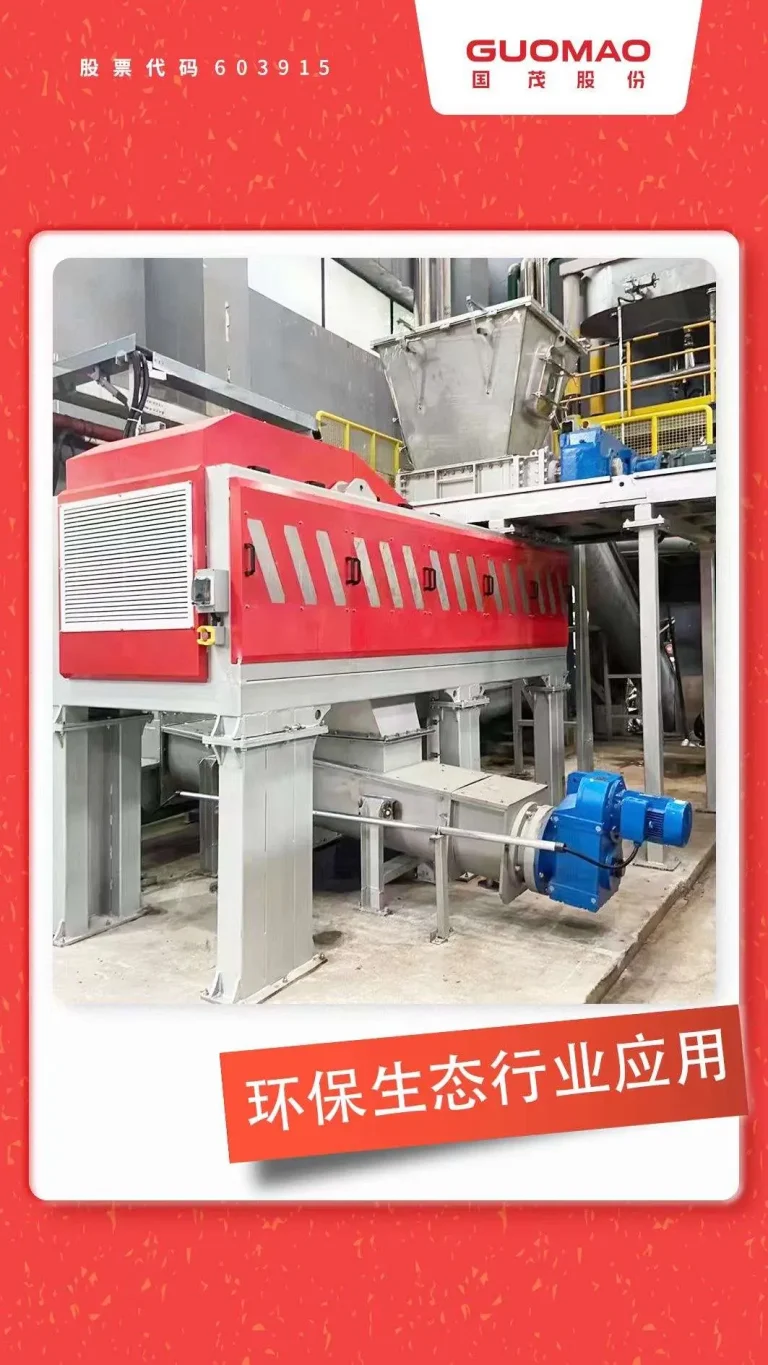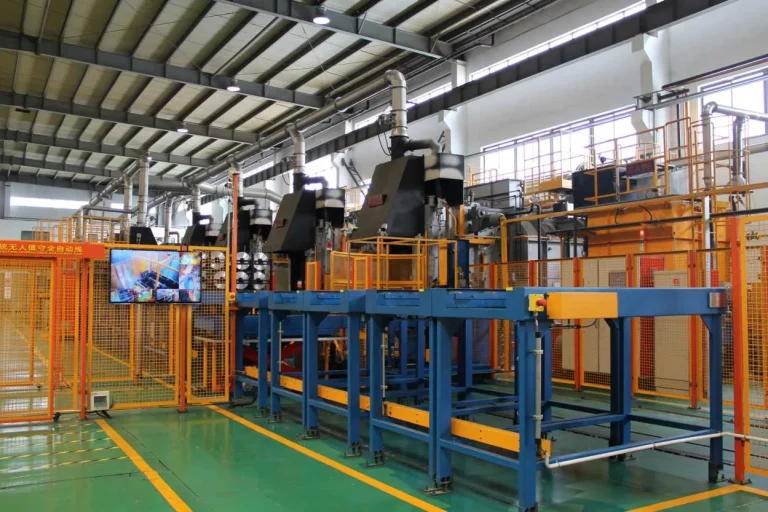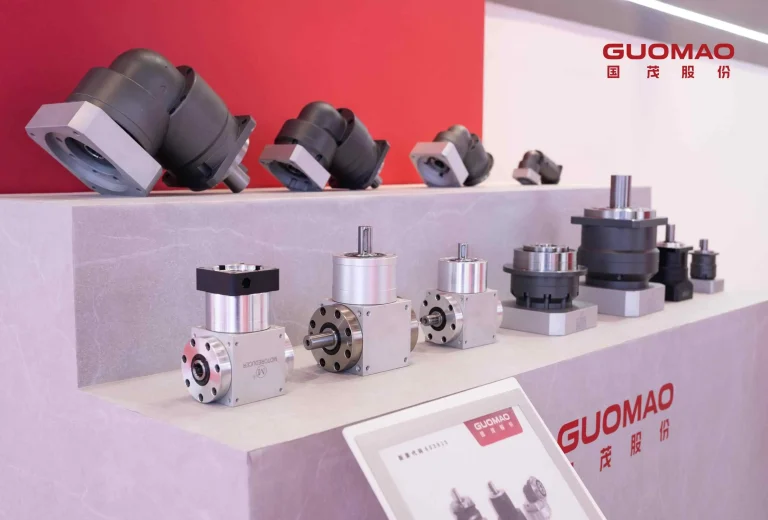What Makes Parallel Helical Gears Stand Out in Automotive Transmissions?
The Key Features of Parallel Helical Gears

Their second most important consideration is their accuracy and low-sound output ability. These gears possess a certain accuracy attained by advanced manufacturing methods that meet international standards, such as DIN 3990 and ISO 6336. Their compact size and ease of maintenance make them ideal for streamlined vehicle designs where space maximization is crucial.
How Parallel Helical Gears Enhance Transmission Efficiency
Parallel helical gears have been noted for their functionality within transmission systems as they possess an efficiency level of as much as 98%. They achieve this efficiency due to the meshing of gear teeth in a manner that reduces friction and energy wastage in motor vehicle applications.
Furthermore, helical gears running in parallel provide a set of transmission ratios. This adaptability enables engineers to adjust transmissions to achieve peak performance across different situations. Their capacity to endure radial loads also bolsters their dependability in challenging settings.
How Do Parallel Helical Gears Improve Vehicle Performance?
Noise Reduction and Smooth Operation with Parallel Helical Gears
One of the benefits of parallel helical gears is their capacity to lower noise levels when in use. The slanted teeth engage gradually or suddenly, leading to quieter operation in comparison to spur gears. The application of low-noise profiling technology guarantees interaction between gears in pairs while ensuring tooth accuracy grade 6. This is a feature which is appropriate for today’s cars where noise reduction is quintessential in the delivery of enhanced passenger comfort.
Maximum performance also translates into a smoother driving experience by reducing vibrations and shock motion within the transmission system, thanks to the parallel helical gears that enable smooth power transfer from the engine to the wheels.
Durability and Load Capacity Advantages of Parallel Helical Gears
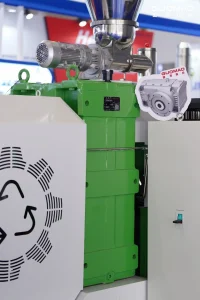
Other than that, such gears are made for maintenance, which allows them to minimize the duration of maintenance and also the cost involved. Their resistance to loads also maximizes their efficiency for heavy-duty vehicles that need consistent performance for long periods of time.
Why Are Parallel Helical Gears a Cost-Effective Choice for Automakers?
Manufacturing Benefits of Parallel Helical Gears
Parallel helical gears are a perfect choice for car makers looking for a low-cost, yet high-quality solution. One of the main manufacturing benefits of parallel helical gears is that they can deliver power at higher loads with no compromise in efficiency and smoothness. The geometry of the gears allows for more contact surface between the gears, making them more durable and requiring less wear, which translates into less frequent maintenance and lower operating costs.
From the production perspective, parallel helical gears are relatively easier and cheaper to produce compared to other gears like spiral bevel gears. They are easier to produce, meaning they are cheaper to make. In addition, the ability of the gears to run smoothly and quietly at high speeds and to deliver power efficiently makes them particularly well-suited for application in automotive transmissions, where power efficiency and quietness are critical.
Long-Term Maintenance and Cost Efficiency
The long-term cost-effectiveness of the usage of helical gears is of advantage to the motor manufacturers, as they withstand heavy loads and high-stress conditions common in automotive environments. The simplicity in maintenance of equipment is also important to consider. The structured framework of helical gears minimizes the complexity and time required in repairing and substituting parts and hence the amount of money and time consumed during maintenance.
Moreover, these gears are not affected in their performance when subjected to side loads, resulting in less malfunction and longer time between maintenance checks, hence saving automobile manufacturers money in the long term.
What Does Guomao Offer in the Field of Parallel Helical Gears?
Our Expertise in Designing High-Quality Parallel Helical Gears
Guomao’s proficiency in parallel helical gears originates from our dedication to engineering and inventive solutions. Our offerings are crafted to fulfill the requirements of contemporary automotive transmissions to guarantee high performance and dependability.
Our GF series of shaft helical geared motors truly showcases our dedication to excellence in manufacturing standards and innovation in design engineering. The modular structure of these gear units not only boosts their versatility but also streamlines their incorporation into different automotive systems seamlessly.
Advanced Testing for Optimal Gear Performance
To guarantee that top-notch performance standards at Guomao’s end are met through testing on each of our parallel helical gears. Our product’s dependability has been confirmed via fatigue tests conducted at full load under challenging torque conditions. These assessments affirm the accuracy of gear load capacity calculations and the superior quality of materials used, along with the precision in manufacturing processes.
Our system of quality control for heat treatment guarantees that each part meets standards for excellence. We use notch-carburized steel forging material and the latest grinding methods to achieve optimum surface finishes that optimize the life and performance of our gears.
At Guomao, our focus is to create products that blend creativity with dependability and adaptability. Our parallel helical gears are designed to cater to the changing demands of the sector, giving manufacturers a strategic advantage in the current market landscape.
Frequently Asked Questions about Parallel Helical Gears
Q: What is a parallel helical gear?
A: Parallel helical gears are commonly used for power transmission between parallel shafts. Two mating parallel helical gears should have the same module, same pressure angle but opposite hand of helix. They offer vibration-free and quiet operation and can transmit heavy load.
Q: Can helical gears be used in both parallel axis and?
A: Helical gears come in two-teeth configurations: right hand and left hand. They can transfer energy through two axial configurations as well as perpendicular or parallel axes, using their helical teeth.
Q: What is the purpose of a double helical gear?
A: Due to their benefits, double helical gears are used extensively for power transmission in construction equipment, gas turbines, generators, prime movers, pumps, fans and compressors of marine vessels, etc. Larger size double helical gears are generally produced by a special generator.
Q: What are the disadvantages of helical gears?
A: Helical gears, while having advantages like lower noise and greater load capacity, have some disadvantages as well. These include higher manufacturing cost, critical alignment requirements, and the generation of axial thrust, which can require special thrust bearings. The teeth of helical gears can also generate extra friction, heat, and even loss of power.

